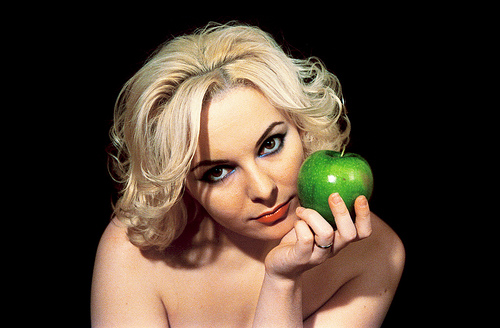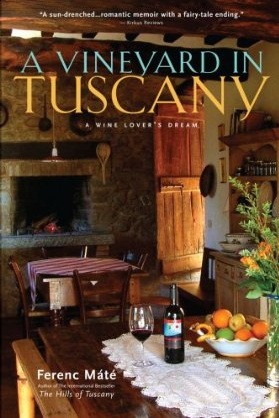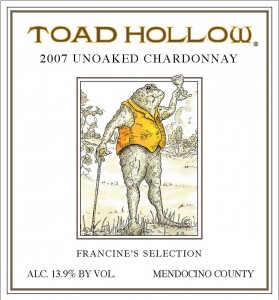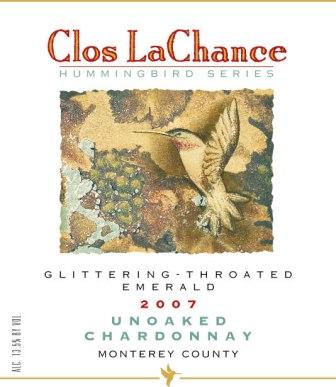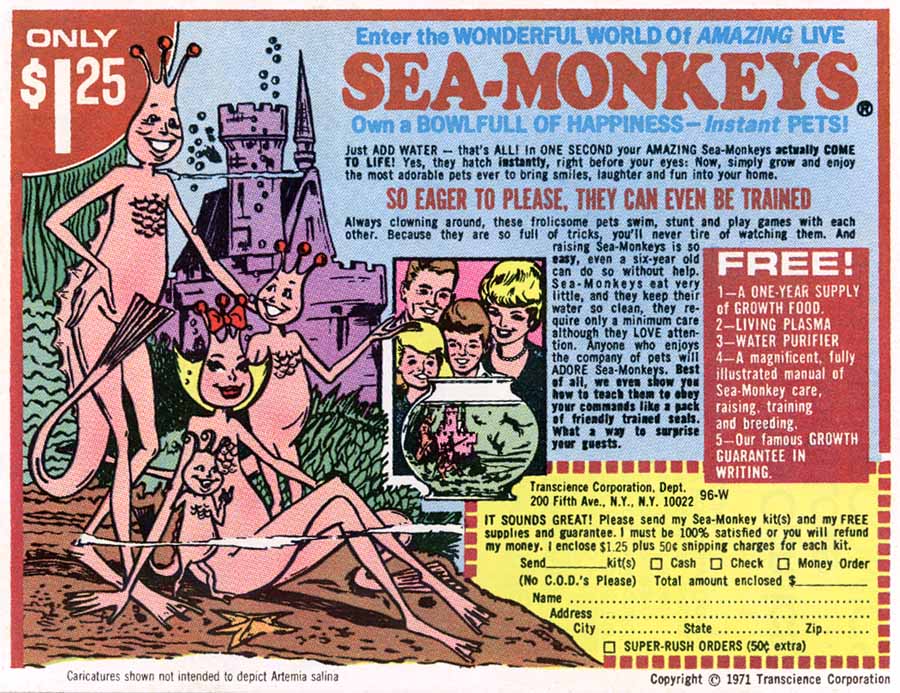This is Part 5 of my Lodi Old Vines Zin series. Part 1 was Spellbound 2005, Part 2 was Ravenswood 2006, Part 3 was Gnarly Head 2006 and Part 4 was Campus Oaks 2007. In the next few days I’ll post my overall takeaways (pardon the corporate-speak) from this series.
The last wine I picked up for this Lodi Old Vines Zin series turns out not to be from old vines (I just read the label wrong), so I needed to pick up a replacement. (I didn’t want to end on that Campus Oaks.) I ran into Spec’s and scanned the Zin selection for something that fit the series and wound up with this bottle. It’s a little over the initial price range I specified ($10-15), but I wanted to check this odd closure and was hoping I’d be able to end the series on a high note.
Plungerhead Old Vines Zinfandel 2007 Lodi
 Producer: It’s actually a little confusing. The brand is obviously Plungerhead, but it’s from Don Sebastiani & Sons and also sits in their The Other Guys sub-brand.
Producer: It’s actually a little confusing. The brand is obviously Plungerhead, but it’s from Don Sebastiani & Sons and also sits in their The Other Guys sub-brand.
Grapes: Zinfandel (no indication on label or website whether it’s 100% or a blend)
Appellation: Lodi
Vineyards: No info other than they’re old vines.
Winemaking/aging: No indication on label or website.
Alcohol: 14.9%
Package: Cool label and funky name, though certainly pushing the gimmicky angle. It has a Zork closure. This was my first encounter with a Zork. I must be dense, because I had a lot of trouble with it. You tear off this wraparound piece then you’re left with a plastic cap and a short little plastic “cork” sticking into the bottle neck. I don’t know what you’re supposed to do then. I tried just pulling it off to no avail. I tried wiggling it back and forth – nope. I resorted to jamming a knife under the lip of the cap and prying it up. Uh, if you aren’t going to use a cork, just use a screwcap, please. [Gary V. at WLTV did an episode on wines with a Zork closure and he had a much easier time than I did. Apparently, I’m just a doofus.] Also, since I hadn’t seen a Zork closure before, I assumed it had something to do with the brand Plungerhead. I mean, it’s a red rubbery cap – it seemed to be a part of their shtick. So I accepted it in that context, but I don’t think I’d like it, aesthetically, on any old bottle.
Price: $17 at Spec’s in Austin
My tasting notes: This wine has an aggressive nose of creamy red berries, cedar and sweet tobacco. Very oaky. The palate is loaded with more vanilla creaminess, like a cream soda mixed with dark cherry juice. Some spice shows up at the end and some heat, like cinnamon red-hots soaked in vodka.
Overall assessment: I’m going to coin a new term for this wine: it’s a “froak bomb” [fruit + oak – restraint]. Having said that, it’s tasty. It’s like deep-fried Oreos: you may not serve them at a dinner party (do people still have dinner parties?), but you don’t mind scarfing a few down at the fair. B-
Free association:
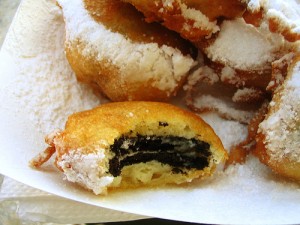
Photo credit: http://www.flickr.com/photos/vidiot/ / CC BY-NC-SA 2.0
More info:
Winery’s tech sheet.
Other reviews at: Wine Drank By John Jaster, Tastings by Gary and Allison, Good Juice Bad Juice and Corkd
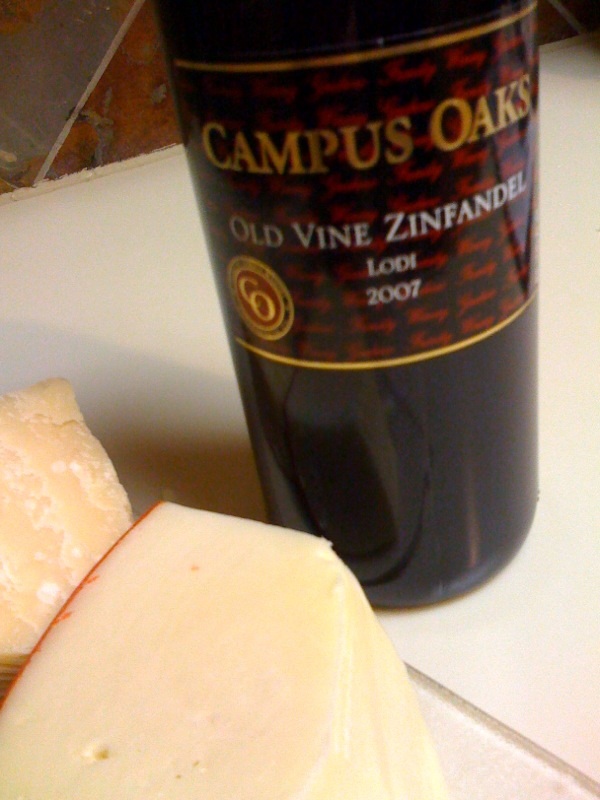 Producer: Campus Oaks (Gnekow Family Winery)
Producer: Campus Oaks (Gnekow Family Winery)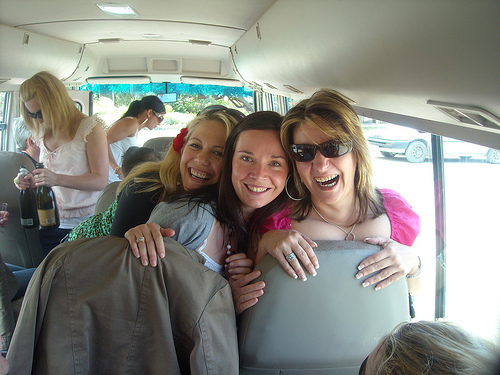
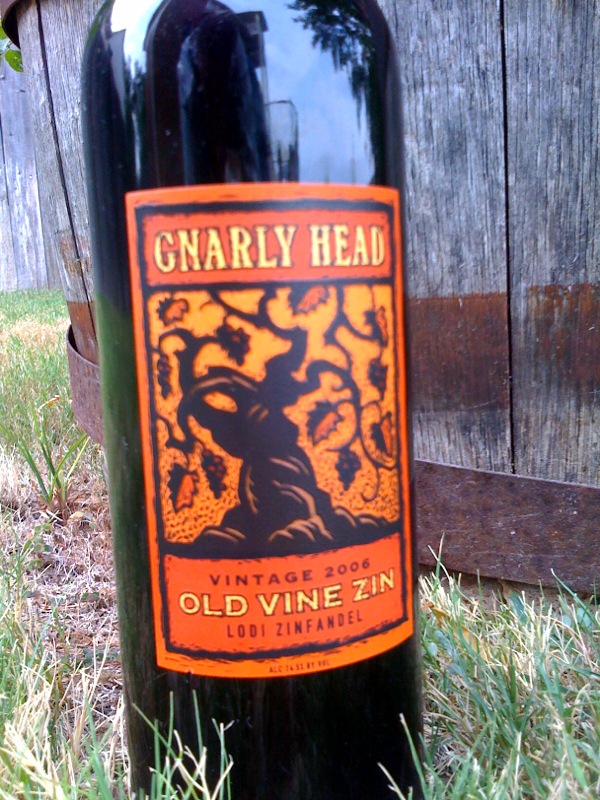 Producer: Gnarly Head
Producer: Gnarly Head
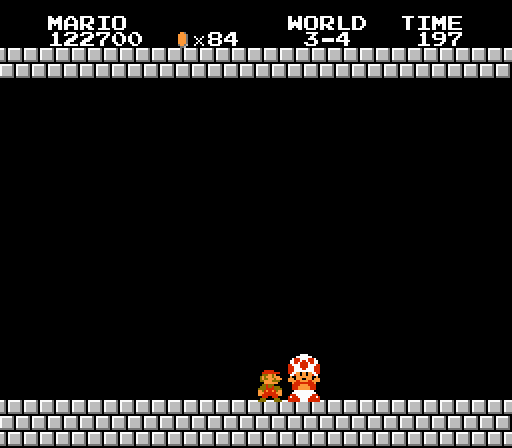
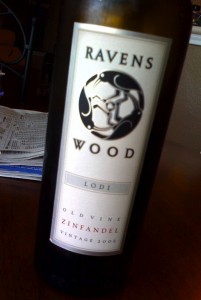 Producer: Ravenswood
Producer: Ravenswood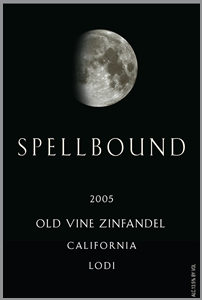 Producer: Spellbound
Producer: Spellbound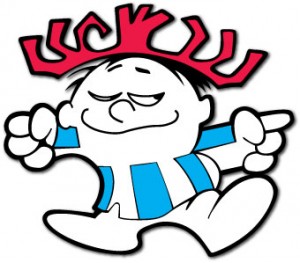
 I originally intended this to be a 2 bottle series — just pick up two readily available unoaked Chardonnay’s and do a little compare and contrast. I was a bit disappointed with both bottles so I decided to extend the series. I stopped by Whole Foods (the flagship location at Austin HQ) and grabbed two more.
I originally intended this to be a 2 bottle series — just pick up two readily available unoaked Chardonnay’s and do a little compare and contrast. I was a bit disappointed with both bottles so I decided to extend the series. I stopped by Whole Foods (the flagship location at Austin HQ) and grabbed two more.